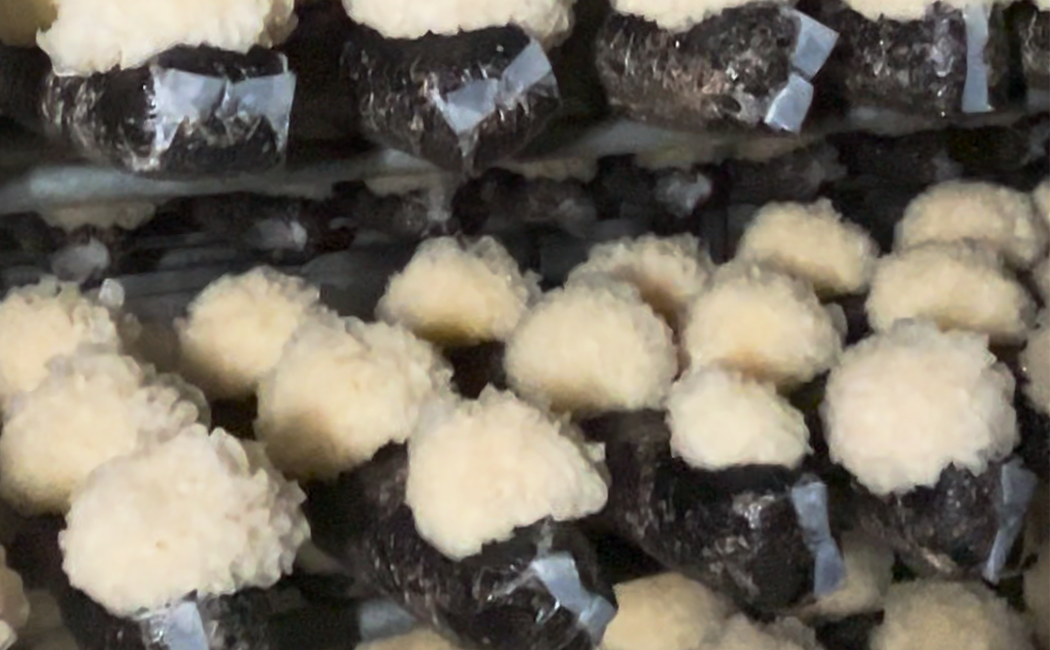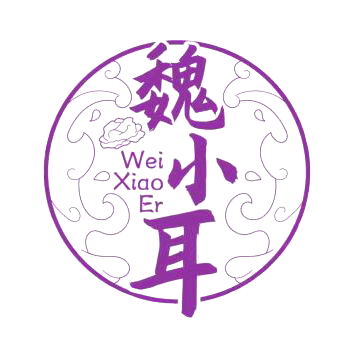The cultivation process of tremella
lvzhenshop
![]() 2005
2005
Prepare bacterial strains
After a few months, transfer the preserved bacterial strains to a tilted culture medium for cultivation. Tilted culture medium is generally composed of specific nutrients, providing a suitable environment for the growth of Tremella fuciformis mycelium. The cultivation temperature should be maintained above 22 ℃, which is conducive to the rapid growth and reproduction of mycelium. Under such conditions, the mycelium needs to grow for about half a month or more.
During the cultivation process, it is important to maintain a clean and sterile environment to avoid contamination by miscellaneous bacteria. It can be operated on a sterile workstation using disinfected tools and containers. At the same time, it is necessary to regularly observe the growth of mycelium, and take timely measures to deal with any abnormalities found.
Preparing bacterial strains is an important step in the cultivation of Tremella fuciformis. Only by obtaining high-quality bacterial strains can a solid foundation be laid for the subsequent cultivation process.

Cultivation time
Silver ear can be cultivated in spring and autumn every year. The temperature in these two seasons is relatively suitable, which is conducive to the growth and development of Tremella fuciformis. Generally speaking, when the temperature stabilizes at around 25 ℃, the cultivation of Tremella fuciformis can begin. The temperature fluctuations in spring and autumn are relatively small, providing stable environmental conditions for the growth of Tremella fuciformis.

Vaccination
Carefully insert the prepared bacterial strains into the culture medium in a sterile environment. The inoculation method should be accurate and standardized to ensure that the strains can be evenly distributed in the culture medium, so that the subsequent hyphae can grow rapidly and comprehensively. Specialized inoculation tools such as needles and shovels can be used, and care should be taken to operate gently to avoid excessive compression or damage to the culture medium.
After vaccination, place the bacterial bag in the inoculation room for cultivation. The temperature, humidity, and ventilation conditions in the bacterial room must be strictly controlled. The temperature is generally maintained within a suitable range for mycelial growth, usually 25-28 ℃. The humidity should be moderate, not too high or too low, so as not to affect the growth of mycelium. At the same time, good ventilation should be maintained to ensure sufficient fresh air supply, but the wind should not be directly blown onto the bacterial bag to avoid contamination by miscellaneous bacteria.
During the fungal growth period, it is necessary to regularly check the growth of the fungal bag, observe the growth rate, color, and uniformity of the mycelium. If any abnormal situations are found, such as mixed bacterial infections, slow mycelial growth, etc., corresponding measures should be taken in a timely manner for treatment, such as isolating infected bacterial bags, adjusting environmental conditions, etc.

Ear management
After the mycelium grows fully in the fungal bag, move the bag to the ear chamber. The environmental requirements for the ear chamber are different from those for the germ chamber and require corresponding adjustments. The ear chamber should be kept clean and well ventilated, with suitable conditions such as temperature and humidity for the growth of silver ear fruiting bodies.
Temperature control is crucial in ear management. Generally speaking, the temperature of the ear chamber should be maintained at around 20-25 ℃. Excessive or insufficient temperature can affect the growth and development of Tremella fuciformis. If the temperature is too high, it may cause the growth of Tremella fuciformis to be too fast but the quality will decrease, and it may even breed miscellaneous bacteria; If the temperature is too low, the growth rate of Tremella fuciformis will slow down, affecting yield. Temperature can be controlled by adjusting indoor air conditioning, heating and other equipment, while paying attention to temperature stability to avoid significant fluctuations.
Humidity is also an important factor affecting the growth of Tremella fuciformis. The relative humidity of the ear chamber should be maintained between 85% and 95%. In the early stages of ear development, it is advisable to increase the humidity appropriately to promote the formation of Tremella fuciformis primordia. As the fruiting body of Tremella fuciformis grows, gradually adjust the humidity to a suitable range. Humidity can be adjusted by spraying water or using humidifiers, but it is important to pay attention to the amount and frequency of water spraying to avoid excessive watering that can cause bacterial bags to accumulate water and lead to bacterial infections.
Good ventilation can ensure sufficient fresh air in the ear chamber, which is beneficial for the growth of Tremella fuciformis. Meanwhile, ventilation can also reduce indoor humidity and minimize the chance of bacterial growth. During the ear out period, ventilation should be carried out in a timely manner according to the actual situation. Ventilation can be achieved by opening windows, installing ventilation equipment, etc., but attention should be paid to the intensity and duration of ventilation to avoid strong winds blowing directly onto the silver ear body, causing damage.
During the process of ear extraction, appropriate water spraying is required. Spraying water can keep the fruiting body of Tremella fuciformis moist and promote its growth. When spraying water, use clean water and avoid using water containing impurities or bacteria. The amount of water sprayed should be adjusted according to the growth stage of Tremella fuciformis and indoor humidity, usually 2-3 times a day.
In addition, when the silver ear fruiting body grows to a certain stage, it may be necessary to perform a peeling operation. Peel off the film can allow Tremella fuciformis to better contact the air, promoting its growth and development. The time for peeling off the film should be determined based on the growth of Tremella fuciformis, usually when the fruiting body has grown to a certain extent. Be careful when peeling off the film to avoid damaging the silver ear sub body.

Harvesting
After the silver ear matures, it should be harvested in a timely manner. The main criteria for judging the maturity of Tremella fuciformis are as follows: firstly, the earpiece of Tremella fuciformis is fully unfolded, becoming white and shiny; Secondly, the edges of the ear pads begin to thin and slightly curl inward; Finally, the diameter of Tremella fuciformis reaches a certain size, usually around 8-12 centimeters. At this time, Tremella fuciformis has the best quality and the richest nutritional content.
Be careful not to damage the Tremella fuciformis during harvesting to avoid affecting its quality. You can use clean scissors or a small knife to gently cut or detach the Tremella from the mushroom bag. During the harvesting process, it is important to keep hands and tools clean to avoid contaminating Tremella fuciformis. At the same time, be careful not to pull the silver ear too hard to avoid damaging its organizational structure.

Baking
The harvested Tremella fuciformis needs to be treated appropriately. Firstly, the impurities and residual culture material on the Tremella fuciformis should be cleaned up. It can be gently rinsed with clean water, but do not soak for too long to avoid affecting the quality of Tremella fuciformis. Then use a dryer to dry the Tremella fuciformis, reducing its moisture content to a certain level for storage and transportation.

Storage and transportation
When storing Tremella fuciformis, choose a dry, ventilated, and cool place to avoid direct sunlight and humid environments. Silver ear can be placed in a sealed container or packaged in a plastic bag to prevent moisture and spoilage. During transportation, attention should be paid to the firmness of the packaging to avoid compression and collision of the silver ear. At the same time, it is necessary to maintain a suitable temperature and humidity in the transportation environment to ensure that the quality of Tremella fuciformis is not affected.
In short, storage is the final step in the cultivation of Tremella fuciformis, and strict adherence to standards is necessary to ensure the quality and yield of Tremella fuciformis, in order to ensure its smooth entry into the market for sale.

We Also Recommend


Added successfully
View cart

Added successfully
View cartGet updates by subscribe our weekly newsletter




